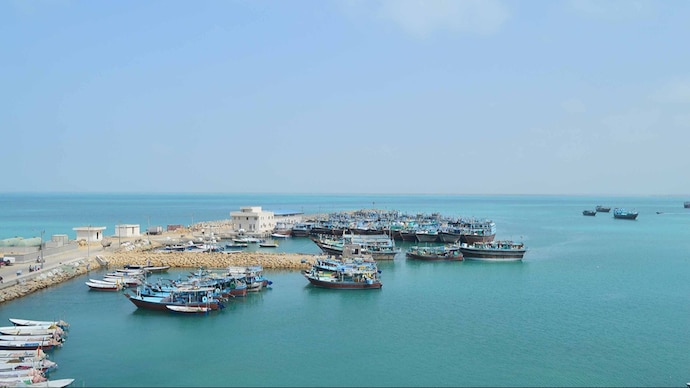
India, fresh off inking a 10-year deal to operate Iran's Chabahar port, is setting its sights on replicating this model in other strategic global locations. The goal? To gain access to more such assets and strengthen its global maritime influence.
Chabahar: A Model for the Future
Union Minister of Ports, Shipping and Waterways, Sarbananda Sonowal, revealed to the Economic Times that India plans to emulate the Chabahar strategy elsewhere. This involves pinpointing ports with economic potential, investing in their modernization, and fostering regional connectivity.Chabahar, a deep-water port in Iran's Sistan-Baluchistan province, holds immense strategic importance. India's involvement in its development began in 2016, and the recent long-term agreement solidifies India's commitment to the project.
A $370 Million Investment
The deal, signed by India Port Global Limited (IPGL) and Iran's Ports and Maritime Organization (PMO), sees IPGL investing a substantial $120 million upfront, with an additional $250 million in financing. This marks the first time India will operate a port overseas, with the agreement including the procurement, installation, and operation of key equipment at Chabahar.Strategic Counter to China's Belt and Road Initiative
The development of Chabahar is viewed as a strategic counter to China's growing influence in the region, particularly through the Gwadar port in Pakistan, a cornerstone of China's Belt and Road Initiative (BRI).What This Means for India and the Region
This move signals India's intent to become a major player in global maritime trade and infrastructure development. The Chabahar model could serve as a template for India's future port ventures, potentially fostering economic growth and connectivity in various regions while also providing a counterbalance to China's expanding influence.Open-Source Insights
Additional information from open sources reveals that Chabahar port is also crucial for India's connectivity to Afghanistan and Central Asia, bypassing Pakistan. It's part of the International North-South Transport Corridor (INSTC), a multi-modal network connecting the Indian Ocean to the Caspian Sea via Iran and further to Russia and Northern Europe.India's ambitious plan to replicate the Chabahar model demonstrates its commitment to expanding its global footprint and securing its strategic interests. This move is likely to have significant implications for regional trade, geopolitics, and the ongoing competition between major powers in the Indo-Pacific region.
